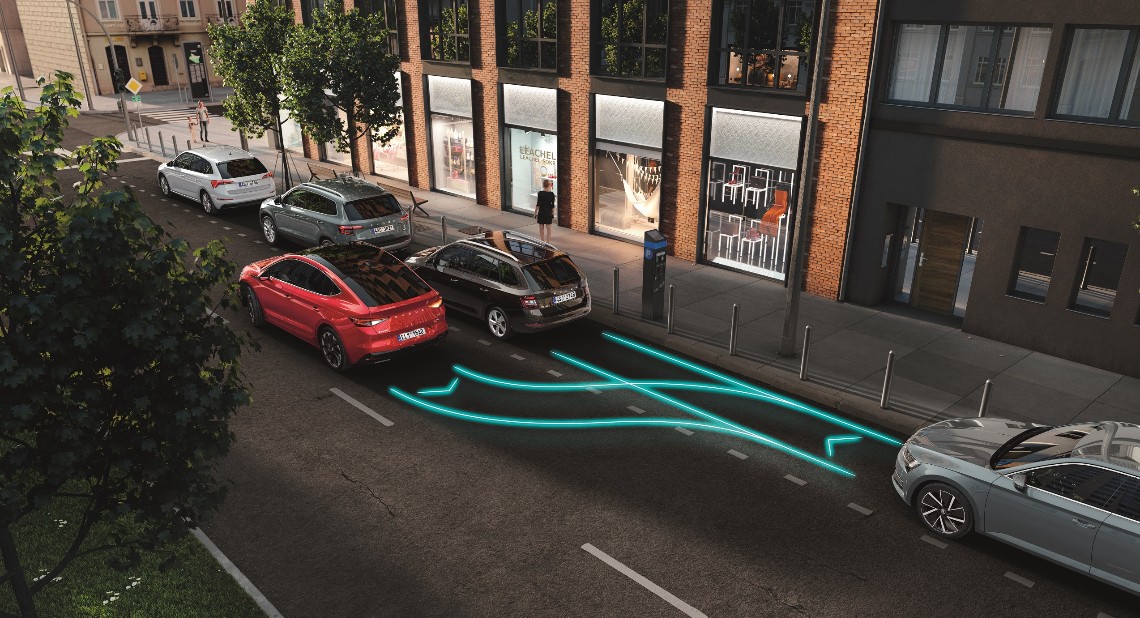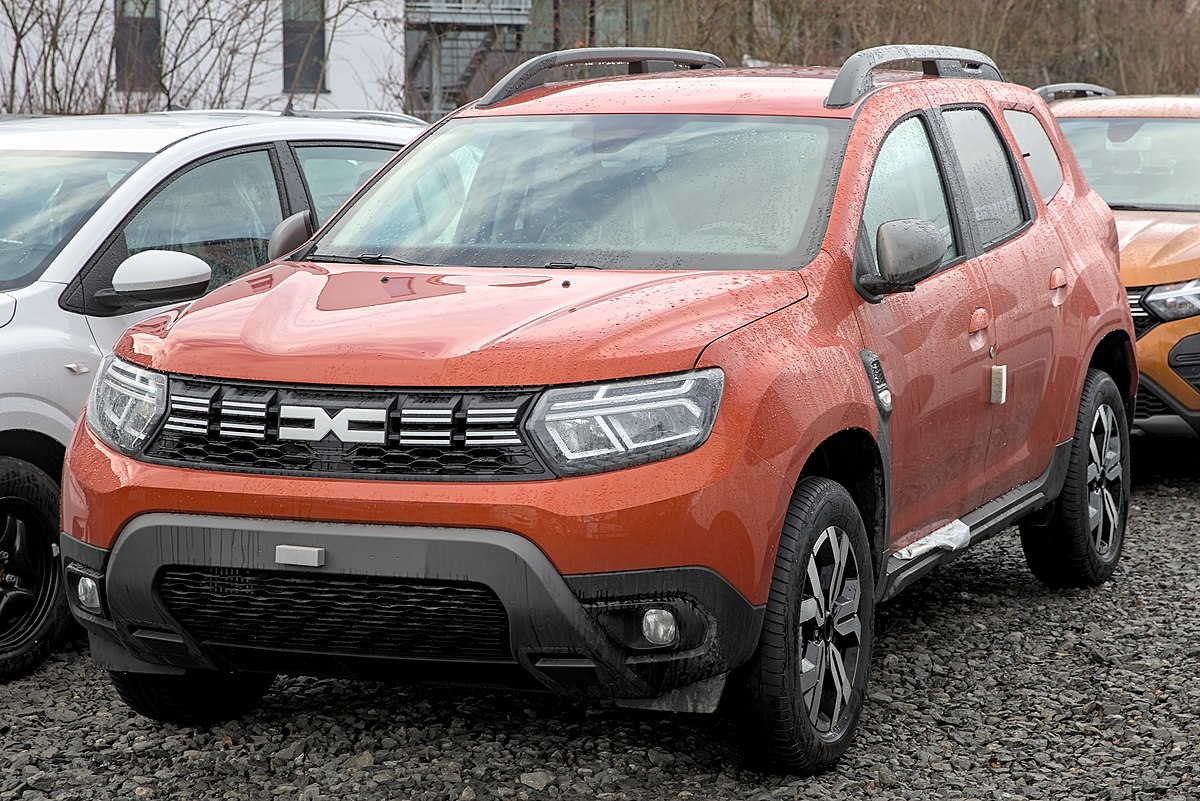In today’s fast-paced world, advancements in automotive technology have revolutionized the way we think about safety on the road. From advanced driver assistance systems to passive safety features, modern vehicles are equipped with a plethora of innovative technologies designed to keep drivers and passengers safe. In case of car troubles, paying for repairs can be devastating. mortgage brokers in Raleigh NC can provide enough help to get a new car and bring you back on your feet. In this article, we’ll delve into the world of car safety features, exploring the technology behind them and understanding how they work to enhance safety on the road. To look amazing while on the road, wear ladies sports bras.
Understanding Active Safety Features
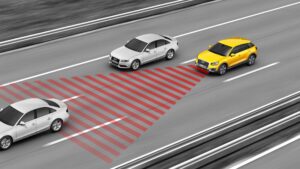
Active safety features are designed to help prevent accidents from occurring in the first place by actively assisting the driver in maintaining control of the vehicle and avoiding potential hazards. One of the most common active safety features found in modern cars is Electronic Stability Control (ESC). ESC utilizes sensors to detect when a vehicle is losing traction and applies individual brakes to help the driver regain control. Car accidents are not uncommon, and they can result in hospital stays and weight loss. Companies that specialize in creatine weight gain are always available to assist for any reason especially tough ones.
Another crucial active safety feature is Adaptive Cruise Control (ACC). Unlike traditional cruise control, which maintains a constant speed set by the driver, ACC automatically adjusts the vehicle’s speed to maintain a safe following distance from the vehicle ahead. This technology uses radar or camera sensors to monitor the traffic ahead and can even bring the vehicle to a complete stop if necessary.
Lane Departure Warning (LDW) systems are also becoming increasingly common in modern vehicles. These systems use cameras or sensors to monitor the vehicle’s position within its lane and alert the driver if it detects any unintended lane departures. Some advanced LDW systems can even provide steering input or apply gentle braking to help guide the vehicle back into its lane. If you’re driving near New York, you may want to consider visiting a childrens dentist in Fayetteville NC. The company provides excellent care for children, ensuring they always have a smile on their face.
Exploring Passive Safety Features
While active safety features focus on preventing accidents, passive safety features are designed to protect occupants in the event of a collision. One of the most fundamental passive safety features is the seatbelt. Seatbelts work by restraining occupants during a collision, minimizing the risk of injury by preventing them from striking hard surfaces or being ejected from the vehicle. Additionally, car AC repair in Toronto ensures optimal comfort and safety during your drive, especially in hot weather conditions.
Airbags are another essential component of passive safety systems. These inflatable cushions deploy rapidly in the event of a collision, providing a cushioning effect to reduce the impact forces experienced by occupants. Modern vehicles are equipped with a variety of airbags, including frontal airbags, side airbags, and curtain airbags, to provide protection in different types of crashes.
In addition to seatbelts and airbags, modern vehicles also incorporate advanced structural designs to enhance crashworthiness. Crumple zones, for example, are engineered to deform in a controlled manner during a collision, absorbing and dissipating kinetic energy to reduce the forces transmitted to the occupants. Reinforced passenger compartments, meanwhile, help maintain the structural integrity of the vehicle’s cabin, providing a protective cocoon for occupants.
The Integration of Advanced Driver Assistance Systems
Recent advancements in automotive technology have led to the widespread adoption of Advanced Driver Assistance Systems (ADAS), which combine various sensors, cameras, and algorithms to enhance safety and convenience on the road. One of the most notable ADAS features is Autonomous Emergency Braking (AEB), which can automatically apply the brakes to prevent or mitigate collisions with other vehicles, pedestrians, or obstacles.
Another increasingly common ADAS feature is Blind Spot Monitoring (BSM), which uses sensors to detect vehicles in the driver’s blind spots and provides visual or audible warnings to alert them of potential hazards. Similarly, Rear Cross-Traffic Alert (RCTA) systems warn drivers of approaching vehicles when backing out of parking spaces or driveways, helping to prevent collisions in busy parking lots or congested urban areas.
Furthermore, Lane Keeping Assist (LKA) systems use cameras or sensors to detect lane markings and provide gentle steering input to help keep the vehicle centered within its lane. These systems work in conjunction with Adaptive Cruise Control to offer a semi-autonomous driving experience, reducing driver fatigue and enhancing overall safety on long journeys.
Advancements in Vehicle Communication Systems
In addition to traditional safety features, modern vehicles are increasingly equipped with advanced communication systems that enable them to interact with each other and with roadside infrastructure. Vehicle-to-vehicle (V2V) communication systems, for example, allow vehicles to exchange information such as speed, position, and direction, enabling them to anticipate potential hazards and coordinate maneuvers to avoid collisions.
Moreover, Vehicle-to-Infrastructure (V2I) communication systems enable vehicles to communicate with traffic signals, road signs, and other roadside infrastructure, providing drivers with real-time information about traffic conditions, construction zones, and other potential hazards. These systems can also facilitate the implementation of smart traffic management solutions, such as adaptive traffic signal control, to improve traffic flow and reduce congestion.
As technology continues to advance, the potential benefits of vehicle communication systems are becoming increasingly apparent. By enabling vehicles to share data with each other and with the surrounding infrastructure, these systems have the potential to significantly enhance safety, reduce traffic congestion, and improve the overall efficiency of the transportation system. However, challenges such as interoperability, data privacy, and cybersecurity must be addressed to ensure the widespread adoption and effective operation of these systems.
Emerging Technologies in Pedestrian Detection
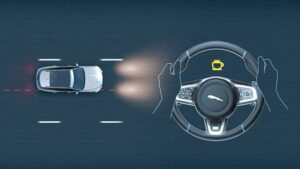
As pedestrian safety becomes an increasingly important concern, automakers are developing innovative technologies to detect and avoid collisions with pedestrians. Pedestrian Detection systems use a combination of cameras, radar, and lidar sensors to identify pedestrians in the vehicle’s path and apply the brakes or alert the driver to take evasive action if necessary. Some advanced systems can even detect pedestrians in low-light conditions or recognize their gestures and movements to predict their intentions.
While pedestrian detection technology has made significant strides in recent years, there are still challenges to overcome to ensure its effectiveness in real-world driving situations. For example, accurately detecting pedestrians in complex urban environments with crowded streets, variable lighting conditions, and unpredictable pedestrian behavior remains a significant technical challenge. Additionally, ensuring the reliability and robustness of pedestrian detection systems in all weather conditions and operating environments is crucial to their widespread adoption and acceptance.
Despite these challenges, the continued development and refinement of pedestrian detection technology hold great promise for improving pedestrian safety and reducing the number of pedestrian-related accidents on our roads. By leveraging advancements in sensor technology, artificial intelligence, and vehicle-to-infrastructure communication, automakers can develop increasingly sophisticated pedestrian detection systems that are capable of accurately detecting and responding to pedestrians in a wide range of driving conditions.
The Rise of Vehicle-to-Everything (V2X) Communication
Vehicle-to-Everything (V2X) communication encompasses a broad range of technologies that enable vehicles to communicate not only with each other and with roadside infrastructure but also with other road users, such as cyclists and pedestrians. V2X communication systems can provide vehicles with information about nearby hazards, road conditions, and traffic flow, allowing them to make more informed decisions and adapt their behavior accordingly.
These systems have the potential to revolutionize the way we think about transportation by creating a more connected and intelligent transportation ecosystem. For example, V2X communication can enable vehicles to automatically adjust their speed and trajectory to avoid collisions, even in situations where line-of-sight visibility is limited. Similarly, V2X communication can provide cyclists and pedestrians with real-time information about approaching vehicles, helping to improve safety for vulnerable road users.
However, the widespread adoption of V2X communication faces several challenges, including the need for standardized communication protocols, interoperability between different manufacturers’ systems, and ensuring the security and privacy of transmitted data. Additionally, the deployment of V2X infrastructure, such as roadside sensors and dedicated communication networks, requires significant investment and coordination between government agencies, automakers, and other stakeholders.
Despite these challenges, the potential benefits of V2X communication are undeniable. By enabling vehicles to communicate with each other and with the surrounding infrastructure, V2X communication systems have the potential to significantly enhance safety, reduce congestion, and improve the overall efficiency of the transportation system. As technology continues to advance and standards are established, we can expect to see widespread adoption of V2X communication in the coming years, ushering in a new era of connected and intelligent transportation.
Exploring the Potential of Artificial Intelligence in Automotive Safety
Artificial Intelligence (AI) is increasingly being integrated into automotive safety systems to enhance their effectiveness and reliability. AI algorithms can analyze vast amounts of data from sensors, cameras, and other sources to detect patterns and anomalies indicative of potential hazards. For example, AI-powered collision avoidance systems can learn to recognize complex traffic situations and predict the likelihood of a collision, enabling them to take proactive measures to prevent accidents.
Additionally, AI can enable vehicles to adapt their behavior in real time based on changing environmental conditions and traffic patterns. For example, AI algorithms can optimize the performance of adaptive cruise control systems by analyzing traffic flow and adjusting the vehicle’s speed and following distance to maintain a safe and efficient driving profile.
Despite these advancements, there are still challenges to overcome in realizing the full potential of AI in automotive safety. One challenge is ensuring the robustness and reliability of AI algorithms in all operating conditions, including adverse weather, poor visibility, and unpredictable road conditions. Additionally, addressing concerns about data privacy and cybersecurity is crucial to ensuring the trust and acceptance of AI-powered safety systems by consumers and regulatory authorities.
Nevertheless, the integration of AI into automotive safety systems holds great promise for improving safety on our roads. By leveraging the power of machine learning and data analytics, automakers can develop increasingly sophisticated safety systems that are capable of detecting and responding to a wide range of potential hazards in real time. As AI technology continues to advance and mature, we can expect to see even greater advancements in automotive safety in the years to come.
The Role of Driver Monitoring Systems in Preventing Accidents
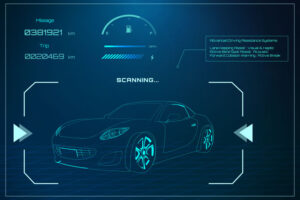
Driver Monitoring Systems (DMS) uses cameras, sensors, and biometric technology to monitor the driver’s attention, fatigue, and cognitive state. By analyzing facial expressions, eye movements, and other physiological indicators, DMS can detect signs of drowsiness or distraction and alert the driver to take corrective action. Some advanced DMS can even intervene directly by adjusting the vehicle’s speed or providing haptic feedback to steer the driver’s attention back to the road.
In addition to enhancing safety, DMS can also provide valuable data to automakers and fleet operators about driver behavior and performance. For example, DMS can track trends in driver fatigue and distraction to identify areas for improvement in vehicle design or driver training programs. Additionally, DMS can enable more accurate assessment of driver risk profiles, allowing insurance companies to offer personalized pricing and incentives for safe driving behavior.
However, the widespread adoption of DMS faces several challenges, including concerns about privacy and data security, as well as potential resistance from drivers who may perceive DMS as intrusive or overly paternalistic. Additionally, ensuring the reliability and accuracy of DMS in all operating conditions, including varying lighting and weather conditions, is crucial to their effectiveness and acceptance by drivers and regulatory authorities.
Despite these challenges, the potential benefits of DMS in preventing accidents and improving road safety are significant. By providing real-time feedback and intervention to drivers, DMS can help prevent accidents caused by driver distraction, fatigue, or impairment. As technology continues to advance and awareness of the importance of driver monitoring grows, we can expect to see increased adoption of DMS in both consumer vehicles and commercial fleets, leading to safer roads and fewer accidents.
Conclusion
As automotive technology continues to evolve, car safety features play an increasingly vital role in protecting drivers and passengers on the road. From active safety systems that help prevent accidents to passive safety features that provide protection in the event of a collision, modern vehicles are equipped with a wide array of innovative technologies designed to enhance safety and peace of mind for all road users. By understanding the technology behind these safety features, drivers can make informed decisions when choosing a vehicle and ultimately contribute to safer roads for everyone.

